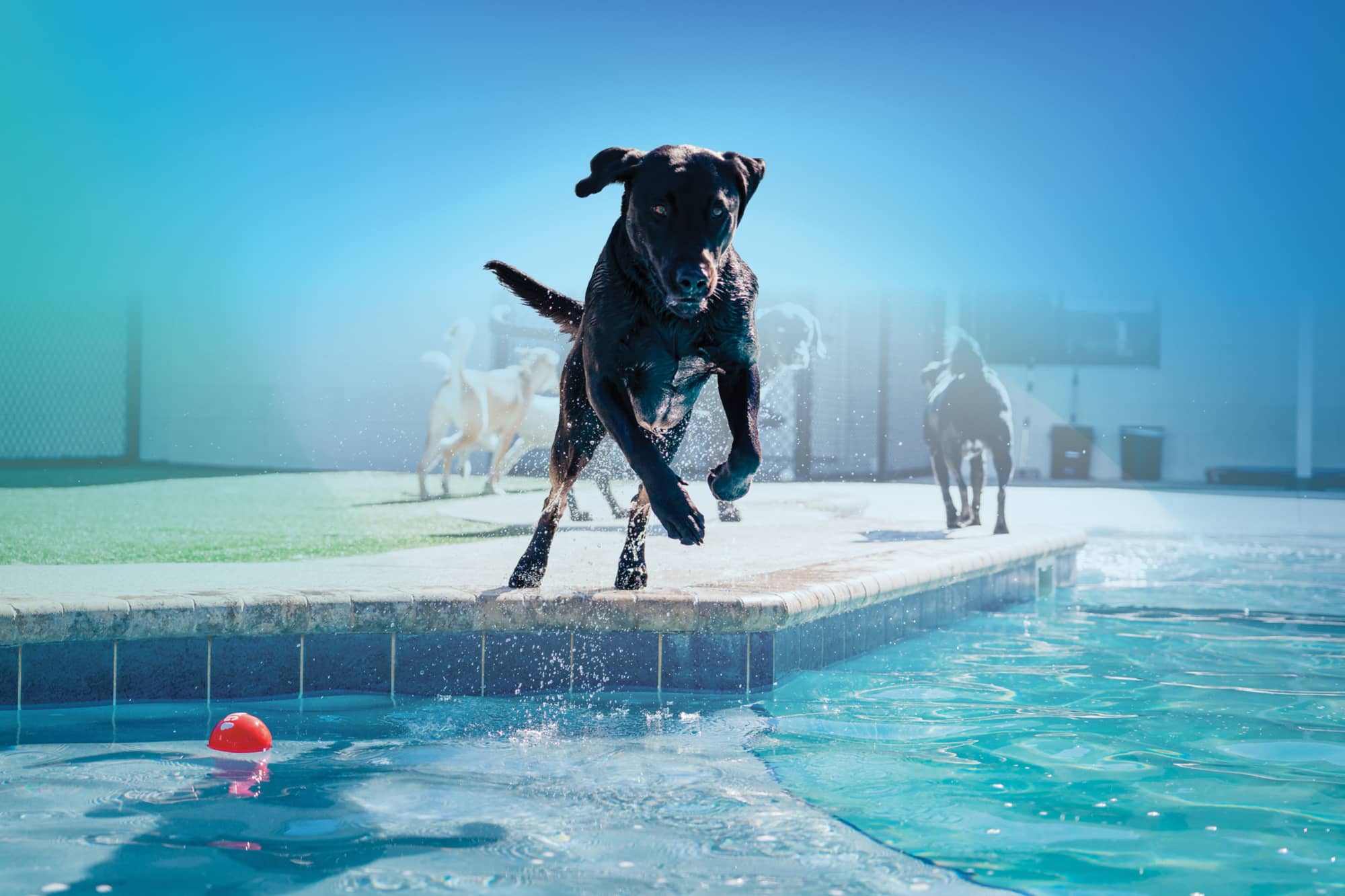Essential Pet First Aid Supplies Checklist
Discover the must-have first aid supplies for your beloved pets to ensure their safety and well-being in times of emergencies.
Importance of Pet First Aid Preparedness
It is essential to be prepared for pet emergencies, and having a pet first aid kit is a crucial part of that preparation. Just like humans, pets can experience accidents or sudden illnesses that require immediate attention. By having a well-stocked first aid kit, you can provide immediate care to your pet before getting them to a veterinarian.
Having a pet first aid kit can also help you save time and money by managing minor injuries or illnesses at home. In some cases, quick action can make a significant difference in your pet's recovery.
Additionally, being prepared for pet emergencies can give you peace of mind. Knowing that you have the necessary supplies and knowledge to handle common pet injuries or illnesses can help you stay calm and focused during an emergency situation.
Essential First Aid Supplies for Pets
When assembling your pet's first aid kit, there are several essential supplies that you should include:
- Sterile gauze pads and rolls: These are useful for cleaning and dressing wounds.
- Adhesive tape: Use this to secure the gauze in place.
- Antiseptic wipes or solution: These can be used to clean wounds and prevent infection.
- Tweezers: Useful for removing splinters or foreign objects from your pet's skin.
- Scissors: Have a pair of scissors to cut tape, gauze, or other materials as needed.
- Digital thermometer: This will help you monitor your pet's temperature, as fever can be an indication of illness or infection.
- Disposable gloves: Protect yourself from potential contamination.
- Hydrogen peroxide: In some cases, your veterinarian may recommend inducing vomiting in your pet. Hydrogen peroxide can be used for this purpose, but only under the guidance of a professional.
- Muzzle: In case your pet is in pain, they may become aggressive. Having a muzzle can help prevent bites.
- Emergency contact numbers: Keep a list of emergency veterinary clinics and poison control centers handy.
Remember to check your pet's first aid kit regularly and replace any expired or used supplies.
Creating a First Aid Kit for Your Pet
To create a first aid kit for your pet, start by finding a container that is easily accessible and portable. A plastic storage box or a small backpack can work well. Label the container clearly as a pet first aid kit.
Next, gather all the necessary supplies mentioned earlier and place them in the container. Make sure everything is organized and easily visible. It may be helpful to separate items into labeled ziplock bags or small containers.
Include a copy of your pet's medical records, including vaccination records, allergies, and any existing medical conditions. This information can be crucial in an emergency situation when you may not have immediate access to your pet's regular veterinarian.
Store the first aid kit in a convenient location, such as a cabinet or shelf, where it is easily accessible. Make sure all family members know where the kit is located and how to use its contents.
Lastly, familiarize yourself with the supplies in the kit and how to use them. Take the time to learn basic first aid techniques for pets, such as how to clean a wound or perform CPR. Knowing what to do in an emergency can make a significant difference in your pet's outcome.
Administering First Aid to Your Pet
When administering first aid to your pet, it's important to stay calm and focused. Your pet may be in pain or frightened, so approach them gently and speak in a soothing voice.
If your pet is bleeding, apply direct pressure to the wound with a clean cloth or gauze pad. Elevate the injured area if possible to slow down the bleeding.
For minor cuts or scrapes, clean the wound with antiseptic solution or wipes. Apply an antibiotic ointment and cover the wound with a sterile gauze pad. Secure it in place with adhesive tape.
If your pet is choking, first check if you can see and remove the obstruction. If not, perform the Heimlich maneuver for pets, which involves applying firm pressure just below the ribcage.
In case of poisoning, contact a poison control center or your veterinarian immediately. Do not induce vomiting unless instructed to do so by a professional.
If you suspect your pet has a broken bone, avoid moving them unless necessary. Stabilize the injured area with a splint or makeshift bandage and seek veterinary help as soon as possible.
Remember, these are general guidelines, and it's crucial to seek veterinary care for your pet as soon as possible. First aid is meant to provide temporary relief until professional help is available.
Additional Tips for Pet First Aid Preparedness
- Take a pet first aid and CPR course. Learning these skills can give you the confidence to handle emergencies and potentially save your pet's life.
- Keep your pet's first aid kit easily accessible, especially when traveling or going on outdoor adventures.
- Regularly check your pet's first aid supplies and replace any expired or used items.
- Know the location of the closest emergency veterinary clinic to your home, as well as the route to get there.
- Keep a list of emergency contact numbers in your wallet or saved on your phone.
- Consider having a pet emergency plan in place, including a designated caregiver and a pet-friendly place to stay in case of evacuation.
By being prepared and having the necessary supplies and knowledge, you can ensure the safety and well-being of your beloved pet during emergencies. Remember, every second counts, so act quickly and seek professional help when needed.

